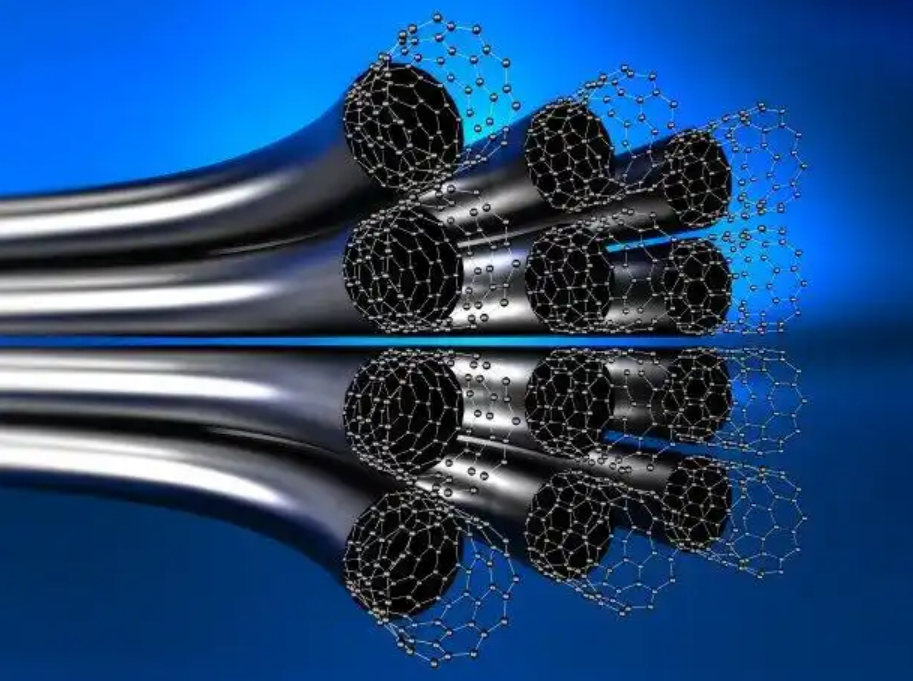Current State of Graphene Development in China
China has emerged as a global leader in the research, production, and commercialization of graphene. With extensive government support, strong industry collaboration, and a rapidly growing market, China has become a crucial player in advancing the graphene industry. This article explores the current state of graphene development in China, including its market landscape, technological progress, production capacity, and future outlook.

1. Market Landscape
China’s graphene market has expanded significantly in the past decade, driven by its applications in various industries like electronics, energy storage, coatings, composites, and healthcare. As of 2025, China’s graphene market accounts for over 40% of global market share, making it the largest market in the world.
(1) Market Size and Growth
- The market size for graphene in China is estimated to exceed $2 billion by 2025, with a compound annual growth rate (CAGR) of over 20%.
- Increasing demand for electric vehicles (EVs), advanced batteries, and smart devices has driven market growth.
- The government’s emphasis on carbon neutrality and green technology has boosted graphene research and industrialization.
(2) Regional Hubs
- Jiangsu Province: Known as the “Graphene Valley” of China, home to many graphene production companies.
- Shandong Province: Focuses on graphene composites and applications in textiles and coatings.
- Beijing and Shanghai: Key centers for research institutions and advanced graphene research.
2. Technological Progress
China has made substantial advancements in both graphene production methods and applications. The country has become a pioneer in exploring new, cost-effective production techniques and expanding the industrial value chain.
(1) Production Techniques
- Chemical Vapor Deposition (CVD): Widely used for high-quality monolayer graphene production for electronics.
- Liquid-Phase Exfoliation: Applied for large-scale production of graphene powders used in coatings and composites.
- Graphene Oxide Reduction: Cost-effective method used for lower-grade applications.
- Flash Joule Heating: An emerging technology to convert carbon-rich materials into graphene, potentially reducing production costs.
(2) Research and Development (R&D)
- China ranks first globally in the number of graphene-related patents.
- Leading research institutions include Tsinghua University, Peking University, and the Chinese Academy of Sciences (CAS).
- Collaboration between universities, research institutions, and enterprises has accelerated innovation.
3. Production Capacity
China has the largest graphene production capacity worldwide, accounting for over 70% of global production.
(1) Graphene Manufacturers
- The Sixth Element (Changzhou) Materials Technology Co., Ltd.: Specializes in graphene powder for coatings and composites.
- Jinan Leader Nano Co., Ltd.: Focuses on graphene oxide and its applications in electronics and energy storage.
- Morsh Technology: Engaged in graphene films for flexible electronics and optoelectronics.
(2) Annual Production
- China’s annual graphene production capacity exceeds 1,000 tons, with major manufacturers continuously expanding their capabilities.
- However, the production of high-quality monolayer graphene is still limited, with most production focusing on multi-layer graphene and graphene oxide for industrial applications.
4. Key Applications in China
Graphene’s applications in China are expanding rapidly, driven by industrial needs and national policies.
(1) Electronics and Optoelectronics
- Graphene films are used in flexible touch screens, sensors, and transparent electrodes.
- Development of graphene-based conductive inks for printable electronics.
(2) Energy Storage
- Graphene-enhanced lithium-ion batteries and supercapacitors are being developed for EVs and energy storage systems.
- Research on graphene-silicon composite anodes aims to increase battery capacity.
(3) Advanced Composites and Coatings
- Graphene-reinforced polymers for automotive, aerospace, and construction sectors.
- Anti-corrosion coatings for marine and industrial equipment.
(4) Medical and Healthcare
- Graphene-based biosensors for disease detection.
- Antimicrobial graphene textiles used in healthcare.
5. Challenges and Limitations
Despite rapid growth, China’s graphene industry faces several challenges.
(1) Quality Control and Standardization
- Lack of consistent quality standards for graphene products, leading to market instability.
- Variation in flake size, purity, and layer number affects application performance.
(2) Cost and Scalability
- While production capacity is high, the cost of high-quality, monolayer graphene remains high.
- Mass production methods that balance quality and cost are still in development.
(3) Intellectual Property (IP) and Patents
- Although China leads in patents, competition with international companies for IP rights is intense.
- Dependency on foreign technologies for some high-end applications.
6. Future Outlook
China’s graphene industry has significant potential for further growth, driven by advancements in technology, expanding applications, and favorable government policies.
(1) Government Support
- The 14th Five-Year Plan emphasizes graphene innovation in new materials and advanced manufacturing.
- Policies encouraging green technologies and carbon reduction benefit graphene-based energy storage solutions.
(2) Increasing International Collaboration
- Collaboration with European and North American institutions for advanced research.
- Joint ventures and strategic partnerships with international companies for market expansion.
(3) Industrial Diversification
- Expansion of graphene applications in aerospace, construction, and biomedicine.
- Potential breakthroughs in hydrogen storage and graphene-enhanced solar cells.
Conclusion
China’s graphene industry has established itself as a global leader, with extensive research, large-scale production, and a wide range of applications. However, challenges related to quality control, cost efficiency, and scalability remain critical. With ongoing advancements and policy support, China is well-positioned to further strengthen its influence in the global graphene market and drive innovation across various sectors.

